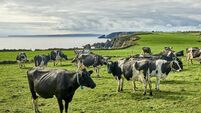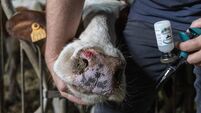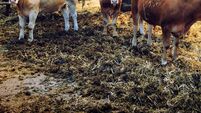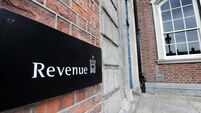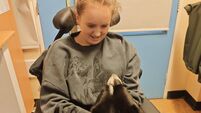Karen Walsh: The many legal ramifications of damage caused by your animals
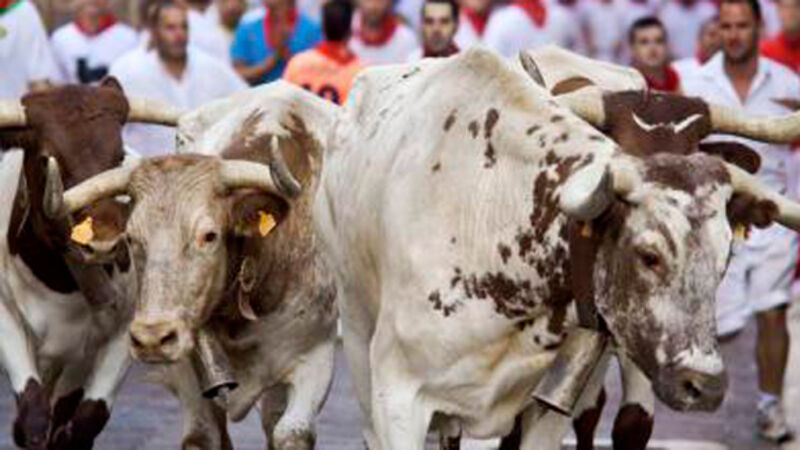
Animals have always played an important part in the lives of Irish farmers, many of whose very livelihoods have depended entirely on the production of animals, such as cattle, sheep and pigs.
Much of the law which covers liability for damage and injuries caused by animals imposes ‘strict liability’ on the owner.

